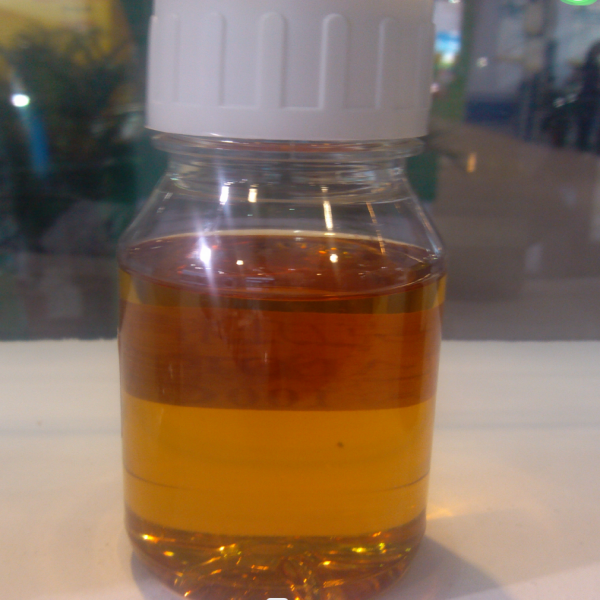
Oct . 06, 2024 21:03 Back to list
bifenthrin zeta cypermethrin
Bifenthrin and Zeta-Cypermethrin Two Potent Insecticides in Pest Management
In the realm of agricultural and urban pest control, bifenthrin and zeta-cypermethrin emerge as two widely used synthetic pyrethroids, delivering effective results against a variety of insect pests. These compounds share similarities in their chemical structure and mode of action, making them valuable tools in managing pest populations. This article delves into the characteristics, applications, and environmental considerations of bifenthrin and zeta-cypermethrin.
Chemical Properties and Mechanism of Action
Bifenthrin is a broad-spectrum insecticide that acts primarily on the nervous system of insects. It works by disrupting sodium channel function, leading to hyperactivity and eventual death of the pest. Its residual activity allows it to continue providing protection long after application, which is beneficial for both crop protection and urban pest management.
Zeta-cypermethrin, on the other hand, is a more recent development in the pyrethroid family. Similar to bifenthrin, it exerts its effects by targeting the nervous system of insects, causing paralysis and death. Zeta-cypermethrin is recognized for its high potency against a range of pests, including hard-to-control species, making it a preferred choice for many agricultural applications.
Applications in Agriculture and Urban Environments
Both bifenthrin and zeta-cypermethrin are utilized in various settings, from agricultural fields to residential areas. In agriculture, these insecticides are commonly used to protect crops such as cotton, soybeans, and fruits from damaging pests like aphids, beetles, and caterpillars. Their effectiveness in controlling pests helps to improve yields and contribute to food security.
bifenthrin zeta cypermethrin

In urban environments, these insecticides play a crucial role in managing pest populations, especially in controlling ants, cockroaches, and termites. Professionals in pest control often rely on these chemicals for their ability to provide quick knockdown and long-term residual effectiveness, ensuring that infestations are managed efficiently.
Environmental Considerations and Safety
Despite their effectiveness, the use of bifenthrin and zeta-cypermethrin raises concerns regarding environmental impact. Both compounds are known to be highly toxic to aquatic organisms, which necessitates careful management practices to prevent contamination of water bodies. Their persistence in the environment means that they can accumulate in soil and runoff, affecting non-target species.
As with any pesticide, proper application methods are crucial to minimize risks. This includes adhering to recommended dosage, timing, and application techniques. Integrated Pest Management (IPM) strategies that combine chemical treatments with biological control methods and cultural practices can help reduce reliance on these insecticides, thereby mitigating their environmental footprint.
Furthermore, regulatory bodies have established guidelines to ensure the safe use of these compounds. Regular monitoring and reviews of their impact on human health and the environment are essential as new studies emerge, guiding informed decision-making in pest management.
Conclusion
Bifenthrin and zeta-cypermethrin are significant players in modern pest management, offering effective solutions for controlling a wide array of pests in agricultural and urban settings. While their benefits are notable, responsible usage and environmental considerations must guide their application. As the agricultural landscape continues to evolve, ongoing research and advancements in pest control strategies will play a pivotal role in ensuring sustainable practices while safeguarding crops and public health.
-
Best Abamectin 95% | Top Pesticide for Crop Protection
NewsJul.31,2025
-
Insecticide Spirotetramat 11% + Thiacloprid 11% SC at Good Price
NewsJul.30,2025
-
Best Abamectin SDS - Premium Quality & Reliable Safety Data
NewsJul.29,2025
-
Agrochemicals Pesticides Solutions for Sustainable Farming
NewsJul.29,2025
-
High-Quality Tebuconazole Fungicide for Crop Protection at Best Price
NewsJul.29,2025
-
Chlorfenapyr 8% + Clothianidin 20%SC Pesticide Mixture for Effective Pest Control
NewsJul.28,2025
